A U.S. gold revaluation would reshape the global metals market in unprecedented ways. If the U.S. government decides to revalue its gold reserves higher, precious metal prices could surge by 50% or more as markets react to this fundamental shift in monetary policy.
Recent market trends show gold climbing past $2,700 per ounce, signaling growing interest in precious metals as a store of value. The potential revaluation of U.S. gold stockpiles has caught the attention of investors worldwide, especially as inflation fears mount and central banks increase their gold holdings.
Financial experts warn that revaluing U.S. gold reserves could significantly change the financial system by increasing liquidity and affecting monetary policy. This move would ripple through global markets, potentially triggering a broader rally in precious metals.
Key Takeaways
-
- A U.S. gold revaluation would likely trigger a significant global rise in precious metal prices.
- Central banks actively increase their gold reserves in preparation for potential monetary shifts.
- Market liquidity and investment strategies would need to adapt to new gold valuations.
Download our Free Wealth Preservation Guide
The Role of Gold in the Global Financial System
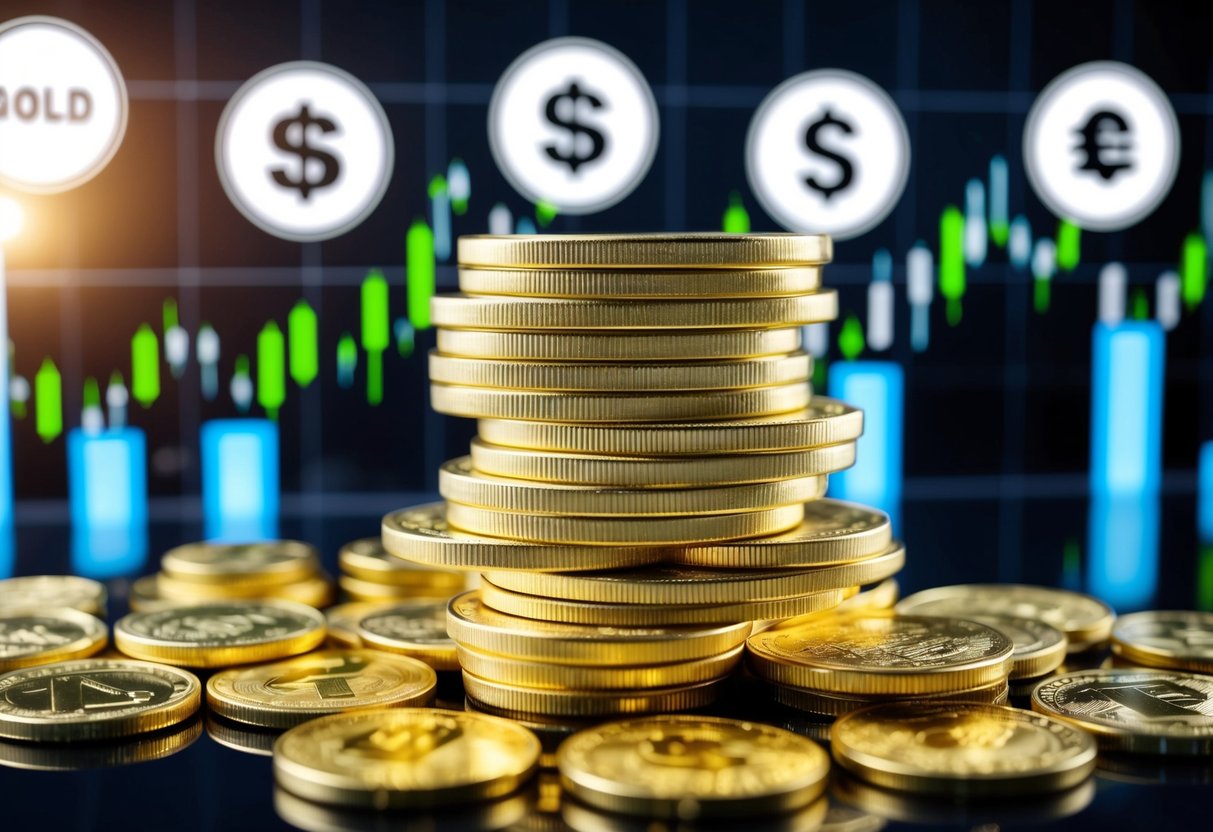
Gold maintains a vital position as a stabilizing force in international finance and is a crucial reserve asset for central banks worldwide. Its unique properties as both a store of value and a hedge against economic uncertainty make it fundamental to monetary policy.
Historical Context and Current Significance
Gold has shaped monetary systems for centuries. Central banks hold over 35,000 metric tons of gold in their reserves, with the U.S. Treasury maintaining the largest gold stockpile globally.
The metal gained renewed importance during recent economic uncertainties. Gold prices surged past $2,700 per ounce in late 2024, reflecting its enduring value.
Central banks continue to expand their gold holdings as a way to diversify away from traditional currency reserves. This trend highlights gold’s role as a trusted asset during times of market volatility.
Gold and the International Monetary System
Discussions of a new Bretton Woods-style agreement have placed gold at the center of potential monetary system reforms. Many nations view gold as a neutral reserve asset that isn’t tied to any single country’s currency.
A U.S. gold revaluation would significantly change monetary policy and global financial markets, affecting liquidity levels and central bank policies worldwide.
Gold serves as a bridge between traditional finance and emerging monetary frameworks. Its role extends beyond a simple reserve asset to an instrument of financial stability.
Understanding U.S. Gold Revaluation
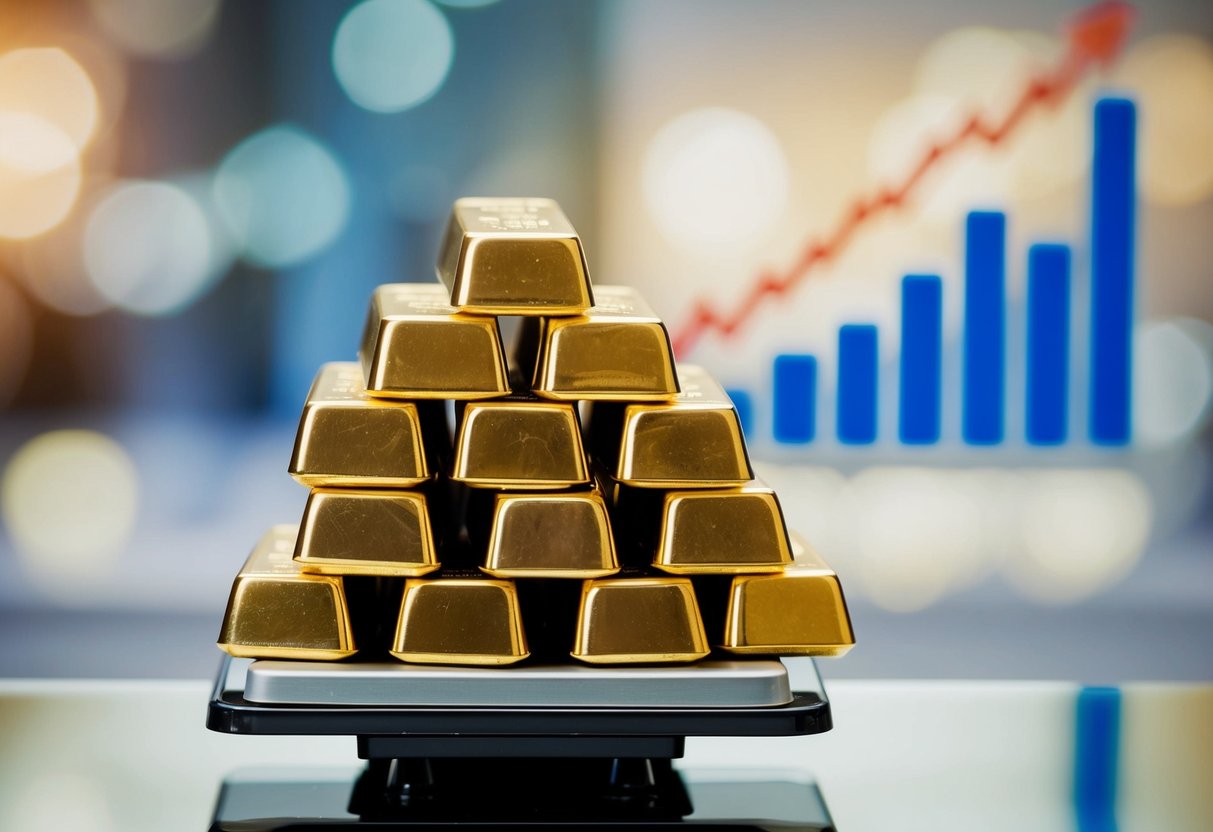
A U.S. gold revaluation would significantly shift how America values its gold reserves and manages its monetary system. Through its gold revaluation account at the Federal Reserve, the Treasury could access up to $700 billion in new funding.
Economic Implications
Gold revaluation would create ripple effects across the entire financial system. The U.S. Treasury’s 4,580 tons of gold reserves would gain substantial value overnight.
This change would strengthen America’s position in global markets and potentially trigger increased demand for other precious metals.
The move could lead to:
- Enhanced financial stability
- More substantial backing for the U.S. dollar
- Greater confidence in U.S. financial assets
- Increased foreign investment
Impact on U.S. Debt and Monetary Policy
Rising debt levels and monetary constraints make gold revaluation an appealing option for policymakers. The Federal Reserve would need to carefully manage the resulting boost in liquidity.
The Treasury could use revaluation proceeds to:
- Pay down existing debt
- Fund new government programs
- Create a sovereign wealth fund
- Build strategic reserves
Potential for Altering Gold Prices
Global central banks are already stockpiling gold amid geopolitical tensions. A U.S. revaluation would likely push gold prices higher worldwide.
Market analysts expect price increases of 50-200% following revaluation. This rise would benefit gold-producing nations and mining companies.
The metals sector would see increased investment as gold’s higher value creates a spillover effect into silver, platinum, and other precious metals.
The Effects of Gold Price Fluctuations
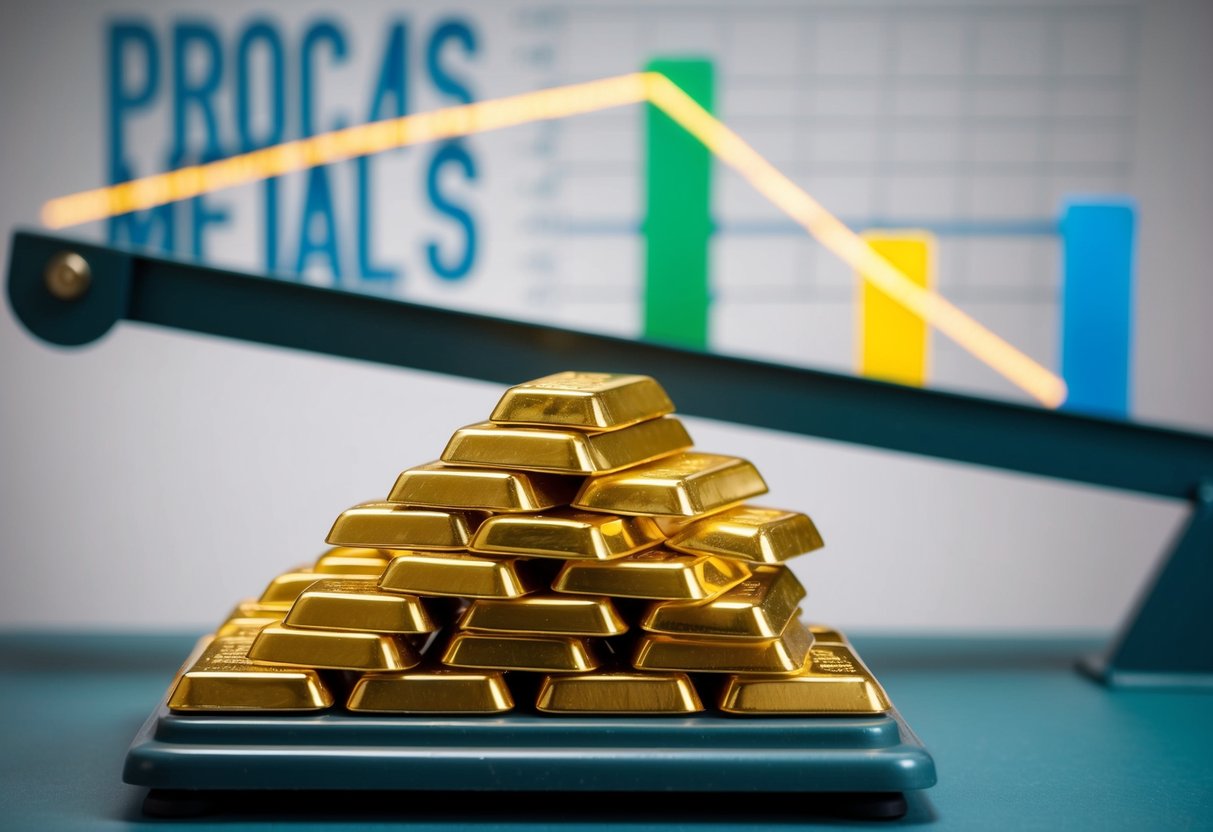
Gold prices move in complex patterns that affect global markets and individual wealth. These movements significantly shape investment decisions and economic stability.
Gold as a Store of Value
Gold prices surge during uncertainty, as seen when the metal topped $2,700 per ounce in October 2024. This demonstrates its enduring role as a safe haven asset.
Investors turn to gold when other investments become risky. The metal maintains its worth across generations and economic cycles.
Physical gold offers protection against bank failures and financial system risks. Unlike paper assets, gold cannot default or go bankrupt.
Inflation and Gold Value
Gold often rises when inflation increases, protecting purchasing power when currencies lose value. During the first COVID-19 outbreak in 2020, gold jumped nearly 26% as inflation fears grew.
The U.S. dollar and gold typically move in opposite directions. When the dollar weakens, gold becomes more expensive in dollar terms.
Central bank policies like interest rate changes directly impact gold prices. Low rates tend to boost gold by reducing the opportunity cost of holding the metal.
Central Bank Policies and Gold Holdings
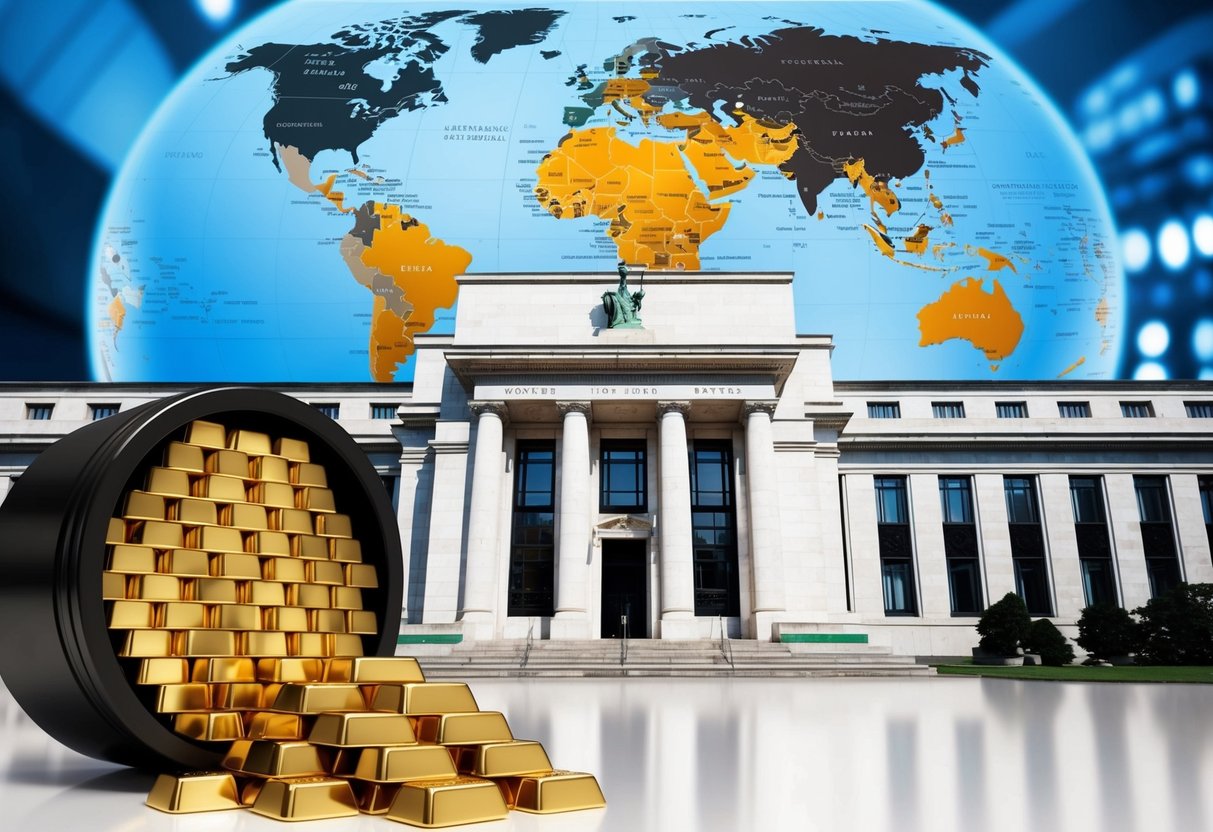
Central banks worldwide are increasing their gold reserves while exploring new ways to leverage their precious metals holdings. Gold continues to play a vital role in monetary policy and financial stability.
The Federal Reserve’s Role
The Federal Reserve maintains significant gold reserves valued at over $400 billion. This gold stockpile serves as a critical backstop for U.S. monetary policy.
Gold revaluation accounts allow the Fed to adjust the value of its gold holdings as market prices change. This accounting mechanism provides flexibility in managing monetary policy.
The Fed’s gold policies affect global markets and currency values. Recent discussions have focused on using gold assets more actively in monetary operations.
Global Central Bank Gold Buying
In 2024, central banks added over 800 metric tons of gold to their reserves. China and Russia led this trend with substantial purchases.
Many nations view gold as protection against currency fluctuations and economic uncertainty. This has led to the largest central bank gold buying spree since the 1970s.
Banks in emerging markets have been particularly active buyers. These nations aim to reduce their dependence on the U.S. dollar.
Gold-Backed Bonds and Sovereign Debt
New financial instruments are emerging that combine gold reserves with government debt markets. Several countries now issue bonds partially backed by their gold holdings.
Gold-backed bonds offer investors both yield and exposure to precious metals. These instruments help governments raise funds while maintaining their gold reserves.
The market for these securities has grown significantly. Trading volume reached $50 billion in early 2025.
Market Disruptors and Geopolitical Tensions
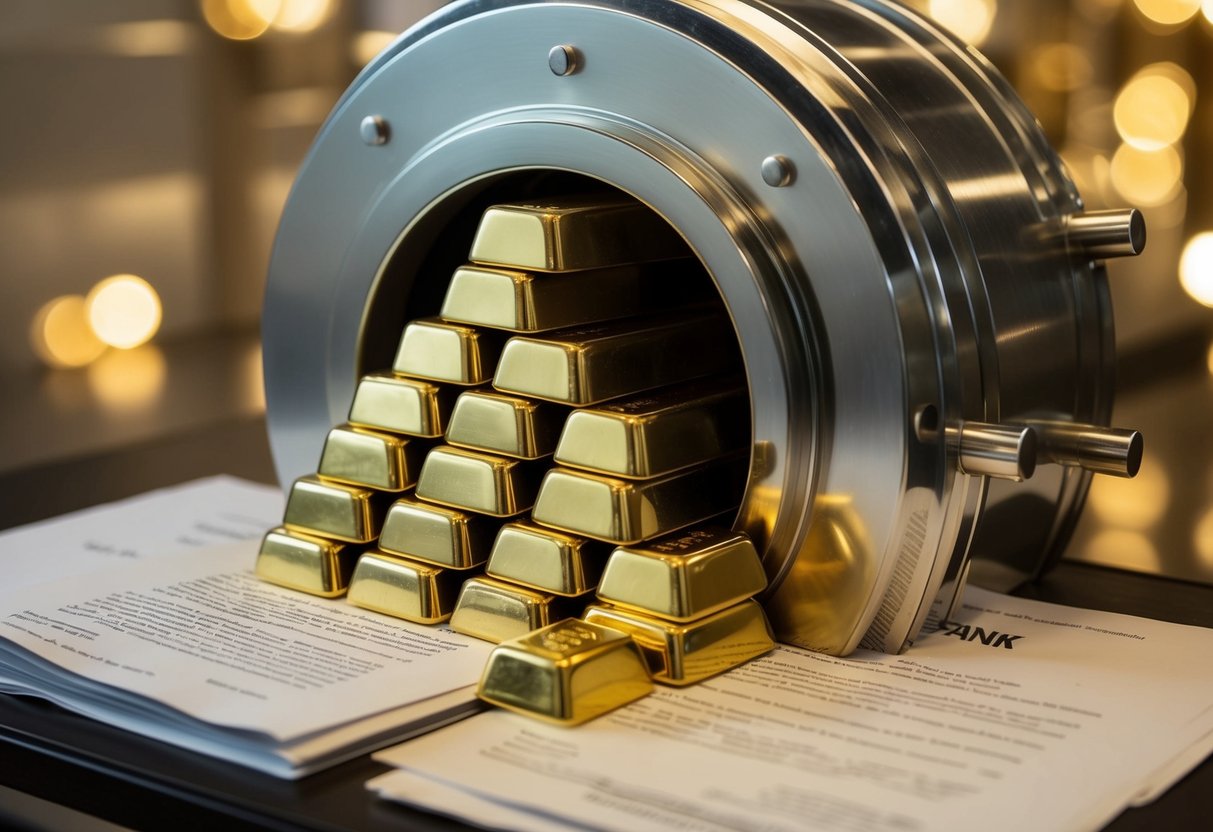
Global tensions and monetary policy shifts create ripple effects across precious metals markets. Rising conflicts between significant powers push investors toward safe-haven assets while central bank policies influence metal valuations.
Impacts on Precious Metal Markets
Geopolitical tensions between the US and China increase metal prices as investors seek stability. Military conflicts in the Middle East add further pressure on markets.
Recent surveys show 58% of investors expect gold to outperform other assets during trade wars. This sentiment reflects growing concerns about global economic stability.
Central banks continue to accumulate gold reserves at historic rates. This stockpiling indicates a shift away from traditional currency reserves.
Quantitative Easing and Market Liquidity
The Federal Reserve’s monetary policies directly impact precious metal valuations. Recent PPI data showing 0.4% growth suggests continued inflationary pressures.
Trade war scenarios could trigger rapid gold revaluation as the dollar’s global dominance faces new challenges. Central banks’ expanded balance sheets through quantitative easing create additional market uncertainty.
Increased market liquidity from monetary stimulus programs pushes investors toward hard assets, strengthening the position of precious metals as wealth preservation tools.
Physical Gold and Investment Strategies
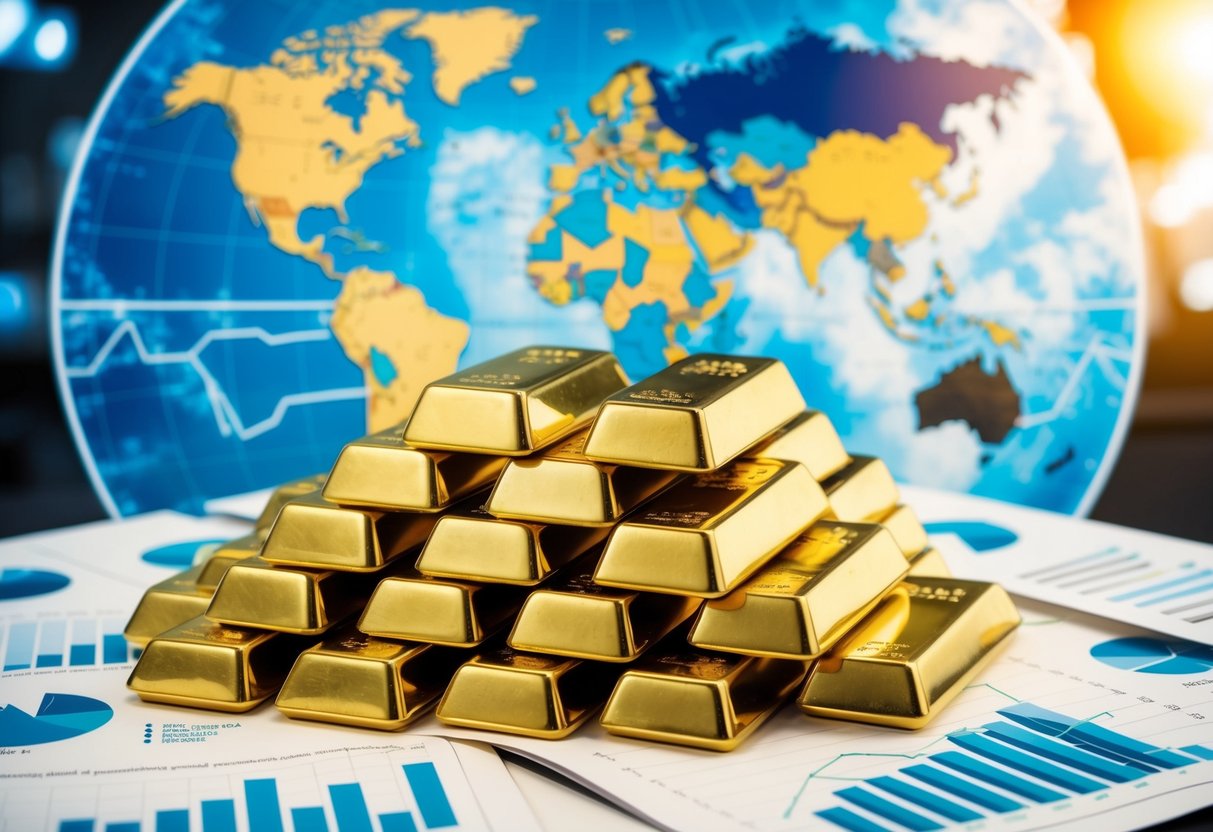
Physical gold remains a key part of investment portfolios during market uncertainty. Savvy investors track market signals and global trends to decide whether to buy gold.
Investor Behavior and Gold Buying
Gold prices could rise significantly as more investors seek physical metals. Many buyers prefer holding actual gold bars and coins rather than paper gold investments.
The increasing demand for physical gold has led to tight supplies at major dealers. Wealthy investors have been quietly accumulating gold ahead of potential market changes.
Some investors combine gold and silver purchases to diversify their precious metals holdings. This strategy helps protect against price swings in either metal.
Role of World Gold Council
The World Gold Council tracks global gold flows and advises central banks on gold policies. Their data shows rising institutional demand for physical gold.
Recent market analysis indicates significant shifts in how central banks view and value gold reserves. The Council reports increased gold buying by both private and government entities.
The organization provides key market intelligence about:
- Physical gold supplies
- Central bank gold holdings
- Investment demand trends
- Price discovery mechanisms
Conclusion
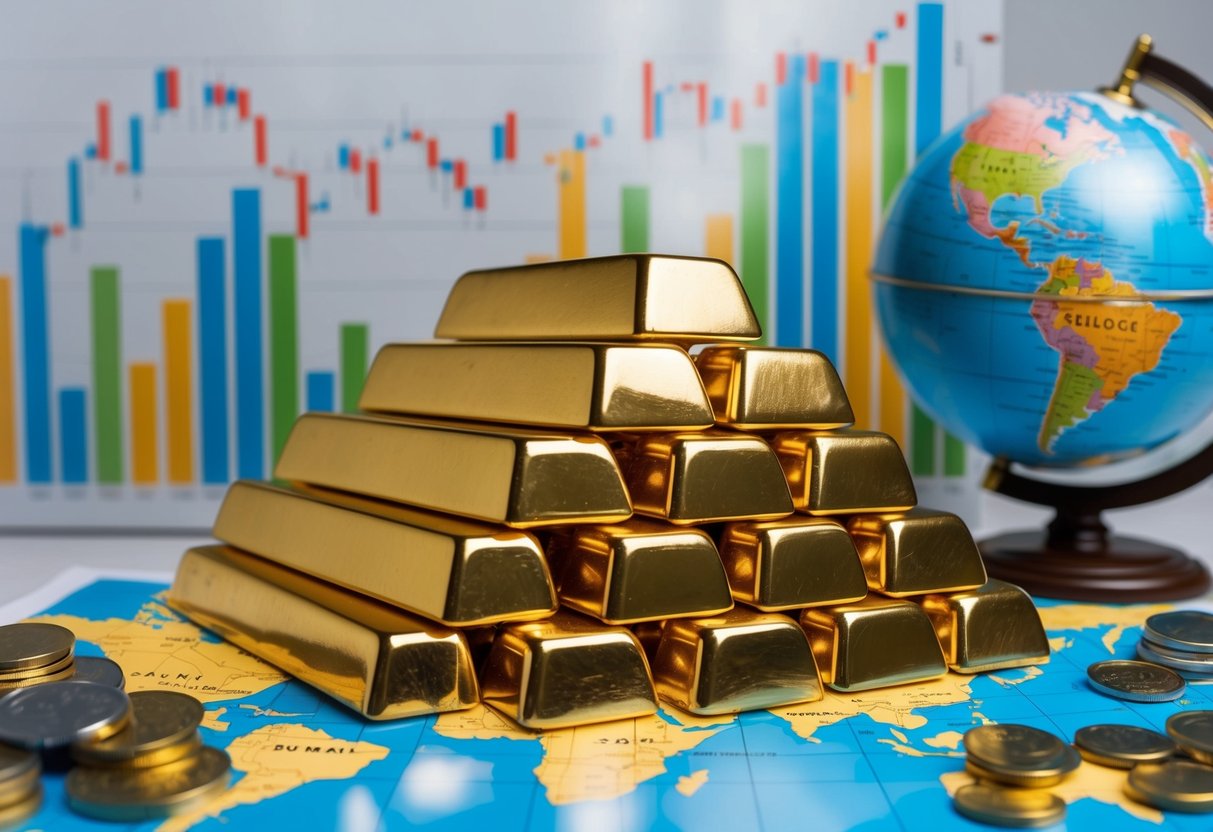
The U.S. Treasury’s gold revaluation could reshape the global metals market. Through its gold revaluation account at the Federal Reserve, the Treasury can access up to $700 billion.
This move would strengthen America’s balance sheet and create new opportunities in precious metals markets. It could have a substantial impact on investors, affecting both gold prices and monetary policy.
Recent global events have already pushed countries to increase their gold reserves. The freezing of Russia’s dollar assets in 2022 sparked a shift toward precious metals in the international financial system.
A U.S. gold revaluation would likely trigger price increases across all precious metals. This could lead to a broader metals boom as investors and nations adjust their portfolios.
The effects would extend beyond gold to silver and other precious metals. China’s trade surplus and U.S. tariffs will be key in shaping this transformation.
Frequently Asked Questions
The U.S. Treasury holds 8,133.5 metric tons of gold reserves, with a current book value far below market prices. A revaluation would reset these values, creating ripple effects across metal markets and global trade.
What does the revaluation of U.S. gold reserves imply for the international precious metals market?
The U.S. Treasury’s gold revaluation could push gold prices significantly higher. This change would affect silver, platinum, and palladium prices as investors rebalance their portfolios.
The move might trigger increased mining activity and exploration across the precious metals sector. Metal prices often move together due to their interconnected industrial and investment uses.
How does the price of gold influence the mining and production of other metals?
Higher gold prices make mining operations more profitable. This profitability extends to copper, silver, and other metals that are often found in the same deposits as gold.
Mining companies expand operations when gold prices rise, leading to increased production of associated metals. Equipment and labor costs get spread across multiple metal products.
What historical precedents exist for the United States’ revaluation of gold reserves?
The 1934 Gold Reserve Act raised the gold price from $20.67 to $35 per ounce. The U.S. ended the gold standard in 1971, allowing prices to float freely.
The 1973 gold revaluation showed how monetary policy changes affect market prices and inflation expectations.
In what ways could a U.S. decision to revalue gold impact global currency and trade dynamics?
A revaluation would affect dollar-denominated trade and international reserves. Countries holding large gold reserves would see their monetary positions strengthen.
The U.S. Treasury could access up to $700 billion in new funding through its gold revaluation account. This change would influence exchange rates and trade balances.
What are the potential economic outcomes of a gold revaluation for metal-producing countries?
Metal-producing nations would see increased export revenues and investment in mining infrastructure. Local currencies in these countries often strengthen when metal prices rise.
Tax revenues from mining operations would increase. This boost helps fund economic development and infrastructure projects.
How might investor behavior in the commodities market change following a revaluation of U.S. gold?
Investors typically increase their precious metals holdings during monetary policy shifts, and portfolio managers adjust their asset allocations to include more metals exposure.
Trading volumes in metal futures and ETFs rise as markets adapt to new price levels. Retail investors often enter the market through coins and small bullion purchases.


